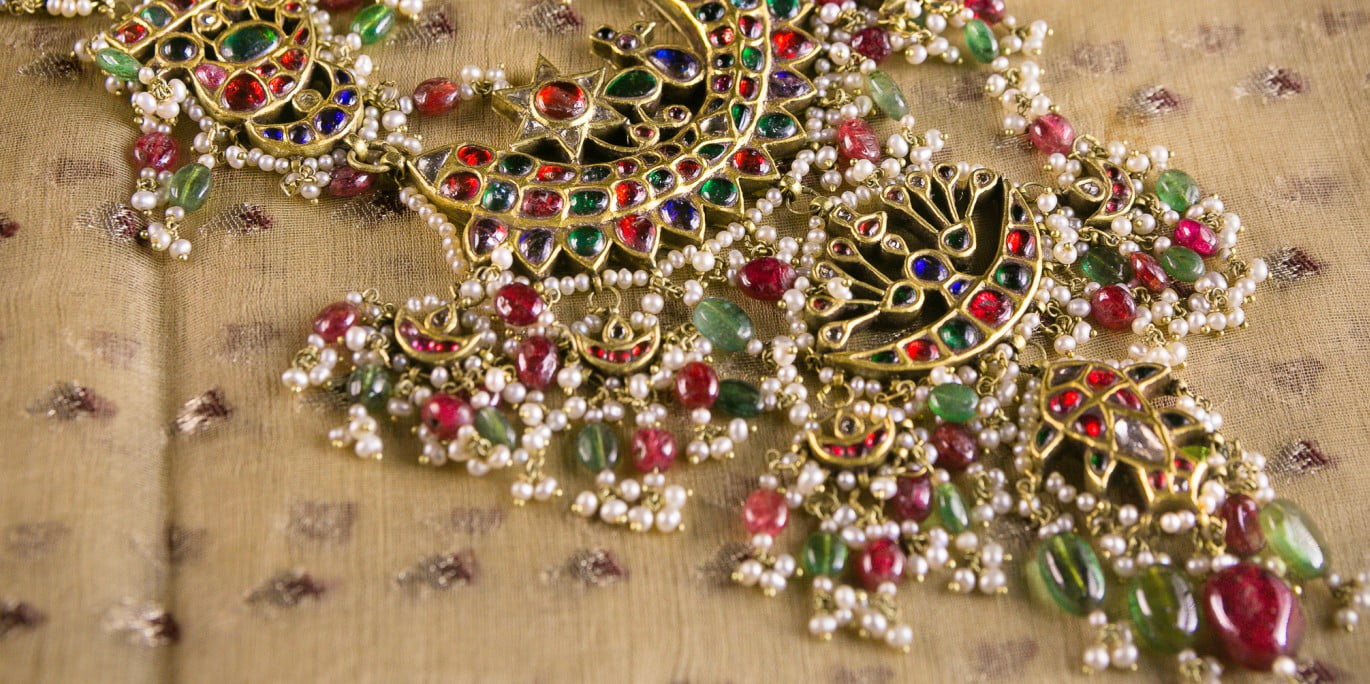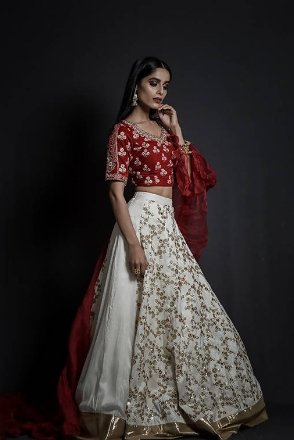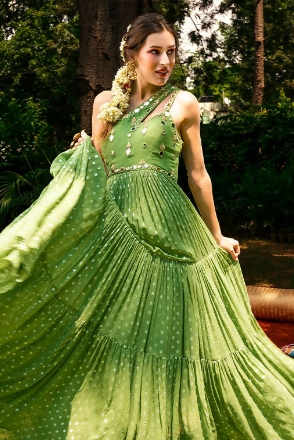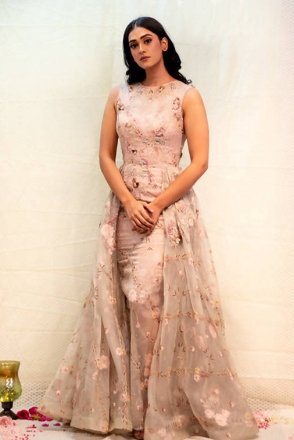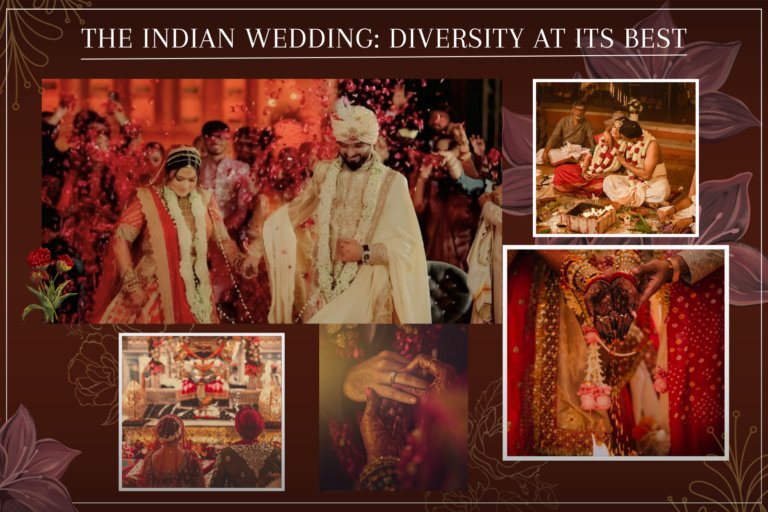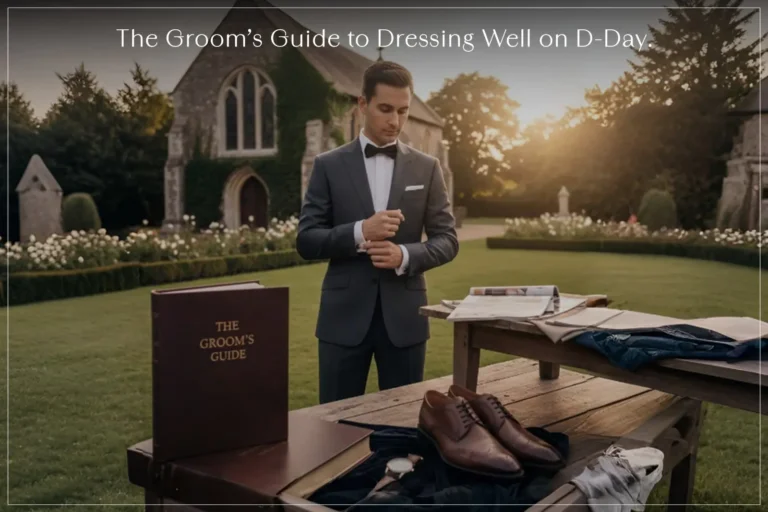For centuries, royalty, noblemen and aristocratic women the world over have employed poets, historians, architects and artisans of beautiful, luxury goods to document their culture and carry forth their beliefs for posterity. Modern designers in fashion, jewellery and luxury products continue to dip into the grandeur of the past to re-create that aura of majesty or to present a modern interpretation of an opulent chapter. Our digital world bombards us with visuals from the PR and marketing machinery of media-savvy brands to present to us contemporary renditions of beauty and style. There are some design families who have dutifully played their part, as purveyors of taste, refinement and artisanship. Over generations, royal families, international travellers, celebrities, the affluent and the artistic, have sought them out, to fulfil their desires for distinctive, investment-grade gems, jewellery and adornment art.

Let us delve deeper into the stories of these artistic journeys, and learn from their history, their knowledge of gemstones, and their views on the ancient art of personal adornment.
Kanjimull Jewellers, est. 1870

In 1870, Kanjimull Jewellers opened a store in Old Delhi, known as a treasure trove of beautiful gemstones, diamonds with the fiercest cuts, brocades and antique silks deserving of royalty, besides the best carpets from Persia and Kashmir. The man with the keys to this bejewelled castle: Shri Kanjimull Khanna. Mandira Khanna, his great-grand-daughter, recalls: “Every summer, the staff, along with their families, would pack up the Delhi store and move to operate the Mussoorie branch. There, Shri Kanjimull Khanna would play host to the Maharajas and affluent families, enjoying the summer in the hills, and international visitors.” The patronage of these families, along with the “appointment as royal jewellers” in May 1912 from King George V, encouraged the firm to briefly operate a branch in London in the early 1900s. That support continued with subsequent appointments as “royal jewellers” again in 1937. The story of refinement and elegance continued with clients such as Jackie Kennedy in the 1960s, Margaret Thatcher in 1984, US President Eisenhower and the Prime Minister of India, Indira Gandhi.

What is it that brought kings and leaders to the doorstep of Kanjimull jewellers? Khanna explains: “We have always focussed on original, in-house designs, employing the finest diamonds and coloured gemstones with superior craftsmanship. While Gayatri and I are the fourth generation, our designer is the third generation. We work together to preserve a high-quality, timeless aesthetic, staying true to our design legacy of over a hundred years but hand-crafted in-house to perfection. This sometimes results in longer production periods and higher labour charges, but we are transparent in explaining this to our clients, who value investment-grade jewellery. For example, we use only top of the line, F colour diamonds with VVS clarity, whereas the market at large uses G, H and I colour.”

This raises an important question. What are Kanjimull Jeweller’s must-haves? “One traditional, polki-Kundan set, one modern jewellery suite with coloured stones and diamonds. I would also advise building a good collection of earrings, bangles and rings, as these are more wearable over time. My recommendation for gems would be rubies and emeralds, as I feel the colours complement Indian skin tone beautifully.”

The Gem Palace, est. 1852
The story of the Gem Palace is intertwined with that of Jaipur. One of the original families that were invited by Maharajah Jai Singh to Jaipur, the Kasliwals have served royal dynasties, from the Mughals to the Maharajas of India and beyond.
While there are many in Jaipur who can boast of royal connections, there are few who continue to enjoy royal patronage and have embarked upon the journey to build a brand that is recognised globally as the gold standard in jewelled art and design.

“While we honour our history with the Heritage collection, the contemporary designs are inspired by our father’s celebrated work for the Metropolitan Museum of Art (MET) in New York. The Mughal collection he designed was revolutionary, blending historical motifs with modern craftsmanship, inventing a new genre of ‘Modern Indian’ jewellery for Indian and global clientele. Our designs today stay true to our father’s views of breaking the mould and discovering new visual representations for our clients while protecting the heritage of our artisans and our brand. Our clients have a discerning eye, looking for perfectly cut gems of good colour, hand-crafted jewellery and objets ‘d art, employing special techniques that have become synonymous with our label.”
When seeking recommendations for a collection, Siddharth Kasliwal offers his views: “First and foremost, it should be traditional, well-crafted polki-Kundan jewellery with exquisite meenakari. My personal favourites are maang-tikkas or head ornaments, which are easily converted into pendants. My second recommendation is either a single or a pair of old mine diamonds or old European-cut diamonds which have less number of facets in comparison to modern brilliant cuts, offering a muted, refined lustre, with historical value. For the third, pick up something in colour; my choices would be emeralds, spinels or rubies, and finally, an Art Deco style Sautoir with a tassel, that’s both valuable and fun to wear frequently.”
Gazdar Jewellers, est. 1933
Jahangir Gazdar’s love for jewellery started in the 1880s when he was travelling globally, dealing in art, jewels and antiquities. His customers were the affluent and royal families of that era. Subsequently, his son, Dinshaw Gazdar, was sent for training to Cartier in Paris, where his interest and expertise developed, resulting in the establishment of the Gazdar jewellery salon in 1933, in the Taj Mahal hotel in Mumbai.
Along with the retail presence, Dinshaw Gazdar also established a jewellery manufacturing unit employing some of the best craftsmen from Austria and Sri Lanka, who subsequently trained the Indian artisans. His clients were a global variety of private collectors, auction houses and museums. Shreyas Gandhi from Gazdar elucidates: “Gazdar jewellers have always been known to have the best collection of untreated gems in the world. Due to the international nature of our clientele, we have maintained the same standards as you would find in the finest jewellery salons in Paris, London or New York. Our preferences are rubies, spinels, emeralds and special diamonds. We also love temple gold jewellery and vintage Indian and international jewellery, which comprises 40 percent of our current collection.”
Speaking on some must-haves, Gandhi recommends investment-grade, untreated gems like rubies and sapphires from Burma and Kashmir, as they command premium price due to their history and rarity. Says Gandhi: “My grandfather, Dharmender Gandhi, bought and sold many jewels from and to the Nizam of Hyderabad. When the government of India purchased the Nizam’s collection, my grandfather was the official evaluator for the Nizam’s jewellery. The quality of vintage polki-kundan jewellery is a class apart and impossible to create today, which is why I highly recommend buying such pieces from a trusted source.” He also recommends pearls and diamonds that can easily pair up with most fashion choices.
Atul Jewellers, Delhi estb.1880s
Originally called Khubchand Inderchand Jewellers, following the tradition of including the name of the father and the son in the title of the firm, the business can be traced back to the late 1800s. At that time, jewellers also functioned as money lenders, and Kishanchand Ji, the father of Khubchand, was a prosperous money lender and jeweller of his time. His great-grandson, Atul Jain, says: “Most of the jewellery at that time was traded, manufacturing was done by ‘karigars’ or artisans directly for families. There were no boutiques. Depending on the jewellery one desired, the family would go to an artisan who specialised in that style. When it came to the aristocratic families, the jewellers would pack their stock, and visit their residence spending hours with the ladies there trying on jewels in the comfort and privacy of their homes. My father, Inderchand ji, was a staunch follower of Jainism, and in keeping with the philosophy, he closed down the moneylending business and delved deeper into the gems and jewellery business. His love for coloured gems motivated him to enhance his knowledge of treatments. Trading of rough blue sapphires from Kashmir was undertaken in the Maliwara market in Chandni Chowk, and my father developed an interest in this area and eventually became a master in Kashmir blue sapphires. Afghan traders would come in the seventies from Kabul to Delhi via Peshawar and Lahore to sell dry fruits, and they would also bring rough spinels and rubies to trade.”
Atul Jain continues the legacy of his forefathers and is known as an authority for rubies, sapphires and natural pearls. His firm, Atul Jewellers, caters to a discerning clientele who trust his knowledge of coloured gems, treatments and manufacturing techniques. When asked about his views on essential jewels for a bridal collection, Jain explains: “Jewellery is handed down from one generation to the next, and when a woman gets married, she starts a journey towards building a new family. So, she should take something classical from her collection or buy vintage jewellery and if required, customise it to suit her needs. This way, she carries with her a piece of history on her new journey. My second suggestion would be to buy unique pieces, distinctive either because of the gemstones used or the quality of craftsmanship. Finally, create and buy jewellery that you will wear beyond the wedding. It could be jewellery that is transformable like a ring that converts into a pendant. The emphasis should be on building a collection for yourself and your life and not for the bank lockers.”
Surana Jewellers, est. 1735
One of the official jewellers who were brought to Jaipur by Maharaja Jai Singh II from Delhi, Suarana Jewellers built a strong reputation for traditional meenakari and polki-kundan jewellery. The family’s contribution towards preserving the heritage of meenakari-kundan jewellery extends beyond their business. In the 1960s, when the Indian government introduced “the gold act” to control the import of gold, it resulted in the complete collapse of the kundan-meena jewellery manufacturing.
Surana Jewellers were the key stakeholders responsible for lobbying with the government and getting the act repealed. For the longest time, there were only a handful of companies doing meenakari, polki-kundan jewellery. Ajay Surana recalls: “Our iconic store in Jaipur has received many special visitors. We were one of the two brands Bill Clinton visited when he was in Jaipur, and recently we hosted members of the Google family and other discerning international clientele from the corporate world.”
What draws them and families across India to Suranas is their reputation for producing traditional polki-kundan jewellery with the finest meenakari art executed with the highest care. They can achieve this being one of the few in India who are vertically integrated. Ajay Surana explains: “We not only manufacture our jewellery but also source rough diamonds and produce our polki diamonds.”
Additionally, emeralds from Panjshir and Colombia are also sourced by them. “This ensures that we are able to eliminate many links in the supply chain, thereby providing our customers with a quality product at good prices, and ensure a more significant value appreciation for the pieces in the future.” Ajay’s must-have suggestion includes emeralds from Panjshir valley, Afghanistan or Colombia, followed by pink diamonds, which are his personal favourites. His third choice is high-quality polki in large sizes.

